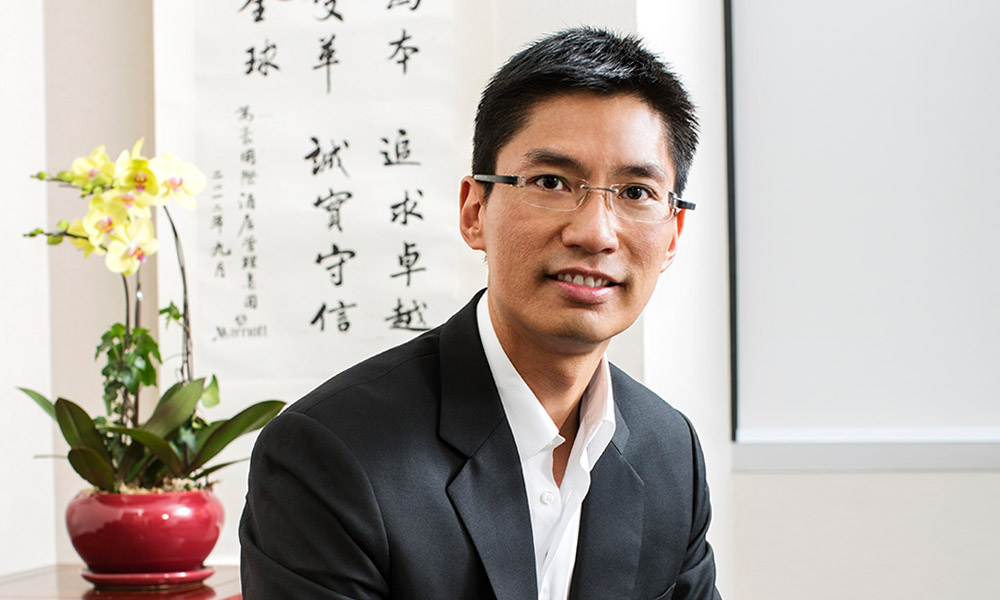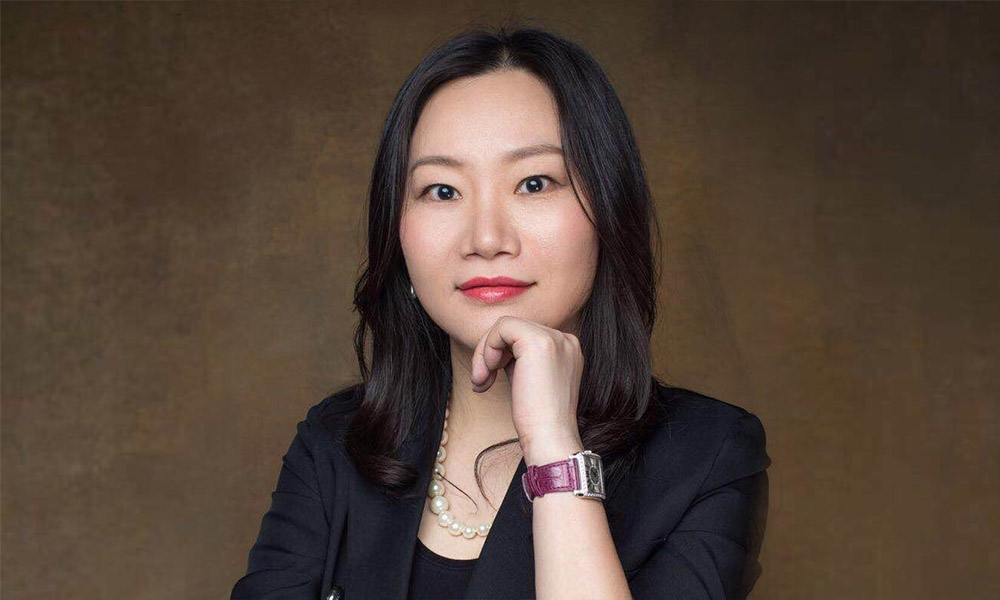
We speak to two CHROs to get insights on 'the race…for the gender equal boardroom'

The latest report by World Economic Forum found that it will take 257 years to close the economic gender gap – much worse than the 2018 prediction of 202 years.
Despite best efforts, why are we still failing to remedy this?
In celebration of International Women’s Day (8 March) and inspired by success stories like Unilever’s recent achievement of a gender-balanced leadership, HRD reached out to two HR leaders to get insights on how to achieve a genuine #EachforEqual culture at work.
READ MORE: IWD: Is advocacy the answer to the gender gap?
Regan Taikitsadaporn, CHRO for Asia Pacific, Marriott International

HRD: Representation at the leadership level is key for inclusivity. What can leaders do to bridge the gender gap at the director level?
RT: HR leaders first need to be aware of and acknowledge the powerful roles that women play in society as a whole. Having women in leadership positions is a vital part for any organisation’s growth and success.
We empower women and join in the effort by working with non-profit organisations to develop skills and opportunities for women, supporting women-owned hotels, purchasing from women-owned businesses, and providing development and advancement opportunities for our workforce.
As an example, Marriott International’s Women’s Leadership Development Initiative, established in 1999, aims to advance women across our value chain and increase the presence of women in management or decision-making positions by coaching and nurturing them through three pillars of growth:
• Leadership: To develop and support Marriott’s current women leaders and build a strong pipeline of future women leaders for the company
• Networking and mentoring: To afford greater opportunities and forums for women to network and build mentoring relationships
• Workforce effectiveness: To place emphasis on strategies for work life integration
With these pillars and strategies in place, coupled with a supportive and gender-inclusive work environment, we enable our associates to experience success every day.
READ MORE: Mentorship is crucial in the #MeToo era
HRD: What are top mistakes HR leaders make when designing and implementing a D&I strategy? How can they avoid it and achieve a genuine culture of inclusivity at their organisations?
RT: Sparking conversations and raising awareness won’t create any progress unless action is taken. It is important for HR leaders to build a gender-inclusive environment and have initiatives where employees of all genders can come together and discuss their experiences and challenges on a common platform.
HR leaders need to understand that the strength of an organisation lies in the diversity of the workforce, made up of people from all walks of life, with all points of view.
It is when we embrace these differences and appreciate the value that different perspectives can bring, that we can galvanize a community where men and women support, engage and empathise with each other.
Through such an environment, we are then able to offer a gender-inclusive space that define roles that associates can excel in.
READ MORE: 5 gender myths killing your D&I agenda
Gina Gao, Vice President, Human Resource, Asia Pacific, Johnson Controls

HRD: As the world works towards achieving at least 30% female representation at the board level, how can leaders tackle and avoid tokenism?
GG: The key to tackling and avoiding tokenism is understanding the data that supports the most inclusive culture possible.
Diversity of thought, experience, cultural and gender diversity are vital to driving innovation, productivity and profitability. There is a global war for talent and the only way to win is to be an employer of choice that attracts the absolute best.
While we take pains to ensure that our hiring slate always includes female candidates, we are not just looking for the best women employees – we want the best employees, period.
The fact that we have hired more female engineers than the industry average in Japan is the result of our genuinely inclusive approach to hiring, rather than a quota-led tactic. We will embrace diversity and celebrate differences as a world-class employer, and we will win with our people.
READ MORE: Why HR should never hire for tokenism
HRD: What are top mistakes HR leaders make when designing and implementing a D&I strategy? How can they avoid it and achieve a genuine culture of inclusivity at their organisations?
GG: The biggest mistake is perceiving that D&I is a program that is not owned by every employee. Leadership commitment is key to success and it sets the tone for the company, but every employee needs to be on board for inclusiveness to become the norm.
Often, much of D&I design from an HR perspective is focused on diversity. Inclusion is often an afterthought. But the goal is not merely to hire diverse employees. If the culture is not welcoming and understanding, they will not be retained.
To avoid these pitfalls, start with the end in mind. The end is an inclusive workplace that celebrates diversity.